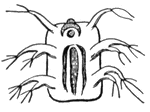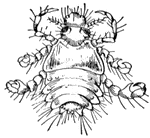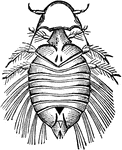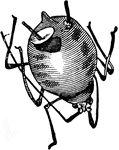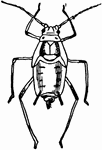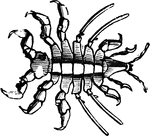Clipart tagged: ‘louse’

Magnified Louse
"A genus of insects, the type of a very numerous family, which forms the order Parasita or Auoplura.…

Apple Louse
"Aphis; a genus of small plant-sucking insects, of the family Aphididæ and order Homoptera."-Whitney,…
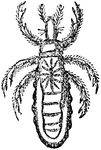
Crab Louse
Pediculus Pubis. The crab-louse is gray-black and is a much broader square form than the other two species…

Geranium Plant Louse
"Aphis; a genus of small plant-sucking insects, of the family Aphididæ and order Homoptera."-Whitney,…
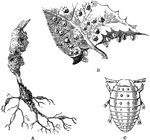
Grape or Vine Louse
The grape or vine louse belongs to the Aphides, or Green Flies. The insect lives on the European vine.…

Hop Louse
"Hop louse which lives on the plum tree in the late fall, winter, and early spring until the hop vines…
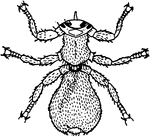
Sheep Louse
"A common dipterous insect, which feeds upon the blood of sheep and lambs."—Finley, 1917

Wood-louse
"The family Oniscidae, including the well-known Wood-Louse, Oniscus murarius, and many similar…


